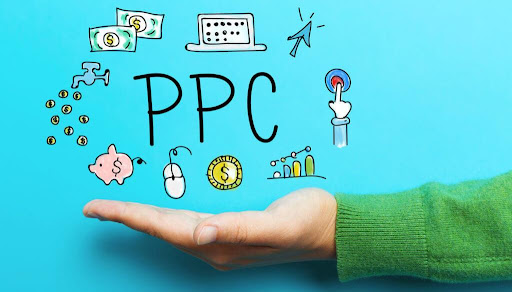The Top 6 PPC Trends for SaaS businesses in 2022

Paid advertising is one way to dominate your industry and get ahead of the competition. A PPC agency can help you create and implement an effective PPC campaign that will help you achieve your business goals.
However, with the ever-changing landscape of digital marketing, it's important to stay ahead of the curve and be aware of the latest trends.
So what does the future hold for PPC in the SaaS industry? Here are the top 6 trends that you can expect to see in 2022:
1. The continued growth of voice search
As more people use voice assistants such as Google Home and Amazon Echo, PPC campaigns will need to adapt to this new way of searching. Optimizing for voice search will require longer keyword phrases, and using natural language processing techniques.
PPC strategies for voice search should focus on creating conversational ads that are triggered by common questions and queries. These ads should be able to answer the user's question directly, without them having to click through to a landing page.
Natural language processing or NLP is a branch of AI that helps computers understand human language. NLP algorithms can analyze text to extract meaning. This technology can be used to create PPC ads that are more relevant to the user's search query.
2. More personalized PPC ads
With the rise of data-driven marketing, PPC ads are becoming more and more personalized. PPC campaigns can now use data from a user's past behavior to show them ads that are more relevant to their interests.
For example, if a user has searched for "running shoes" in the past, they might see an ad for a running shoe store when they search for "sneakers". This type of PPC ad is more likely to be clicked on and convert into a sale.
Some of the most popular data sources include web analytics, social media data, customer data, and purchase data. By using multiple data sources, businesses can get a more holistic view of their PPC campaigns. This can help them make better decisions and improve results.
3. Expanded use of remarketing
Remarketing is a technique that allows businesses to show ads to users who have already visited their website or used their product. However, in the past, remarketing has been limited to showing ads on Google's Display Network.
Now, with the rise of social media and other ad platforms, cross-platform remarketing is becoming more common. This allows businesses to show ads to users on multiple platforms, not just Google.
For example, a business could show an ad for their product on Facebook to a user who visited their website but didn't make a purchase. Or, they could show a re-targeted ad on Instagram to a user who added a product to their shopping cart but didn't complete the purchase.
Cross-platform remarketing is an effective way to reach potential customers who might be interested in your product or service. It's also a good way to boost sales and increase conversion rates.
4. Greater focus on mobile users
Mobile-optimized PPC ads are designed to be seen and interacted with on a small screen. They typically have a shorter length, and they use bigger and bolder fonts. The call-to-action (CTA) is also usually placed above the fold so that it's visible without having to scroll down.
In fact, according to Google, 61% of users are more likely to contact a business if they have a mobile-friendly website, and 70% of mobile searches lead to action within one hour. This means that if your PPC ad is not optimized for mobile, you could miss out on a lot of potential business.
5. The utilization of advanced tracking methods
Tracking is essential for any PPC campaign. It allows businesses to see which ads are performing well and which ones need to be improved.
In the past, businesses would often use simple tracking methods, such as URL tagging or conversion pixel tracking. However, these methods are no longer enough. With the rise of sophisticated ad blockers and fraudsters, businesses need to use more advanced tracking methods.
Some of the most popular advanced tracking methods include post-click attribution, server-side tracking, and click fraud detection. These methods are more accurate and reliable than traditional tracking methods. They can also provide businesses with valuable insights into their PPC campaigns.
6. Increased adoption of AI and machine learning
Machines have been able to process large amounts of data much faster than humans for some time now. This has led to their increased use in areas such as PPC campaign management.
In 2022, AI-powered tools are more advanced to be used for tasks such as ad copywriting, bid management, and audience targeting. This means that businesses will be able to create and manage PPC campaigns with very little human input.
Machine learning is also being used more frequently in PPC campaigns. It allows businesses to automatically optimize their campaigns based on data and user behavior. As a result, businesses can save time and resources while still getting the best results from their PPC campaigns.
Conclusion
Paid search is constantly evolving, and if you want your business to stay ahead of the curve, you need to be aware of what changes are coming down the pipeline.
As the competition for attention online increases, it will be more important than ever for businesses to take advantage of the latest trends and changes in the paid search landscape. This will help you generate more leads and sales from your PPC campaigns and ultimately grow your business.

